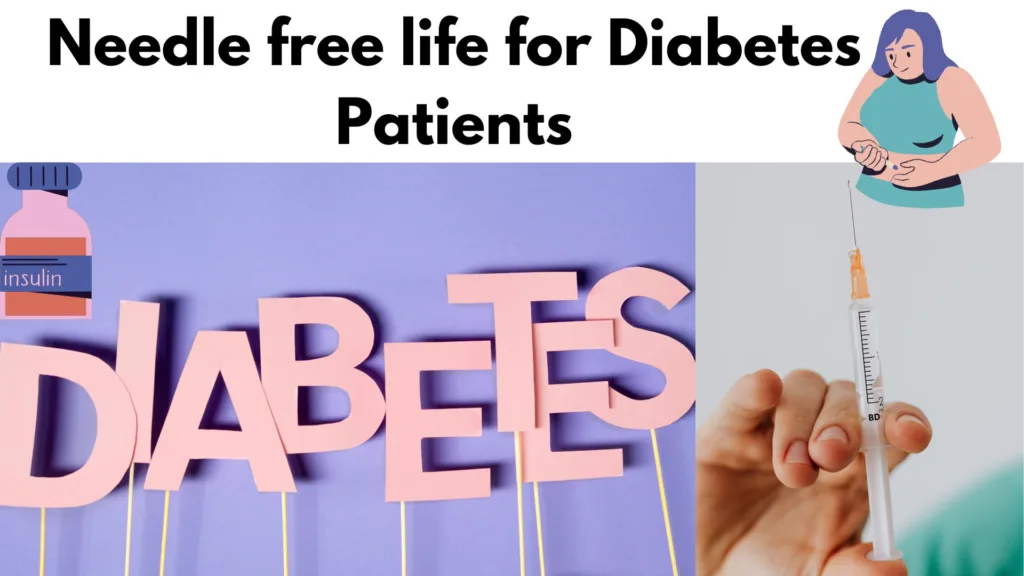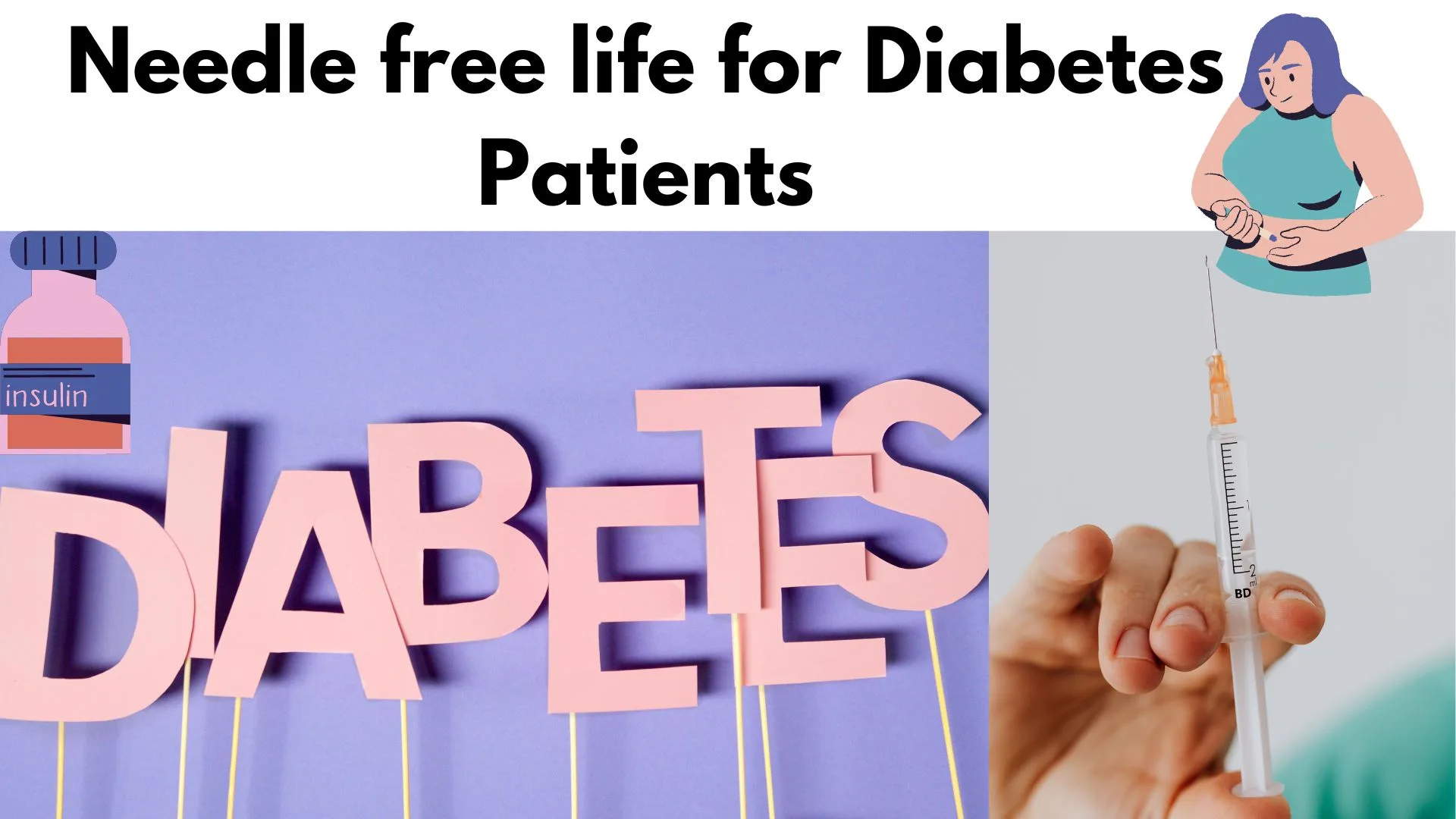Summary
About 425 million individuals globally have diabetes, with approximately 75 million relying on daily insulin injections. A promising alternative to traditional syringes or pumps is emerging as scientists discover an innovative method to deliver smart insulin to the body.
The novel insulin can be consumed by ingesting a capsule or, more appealingly, within a piece of chocolate. It is contained within minuscule nano-carriers, each encapsulating the insulin. These particles, measuring 1/10,000th the width of a human hair, are so tiny that they are imperceptible under a standard microscope.

Nano-Carriers for Oral Insulin Delivery
Several years ago, researchers from the University of Sydney and Sydney Local Health District, in collaboration with UiT, made a groundbreaking discovery regarding the delivery of medicines using nano-carriers to the liver. Subsequent developments of this method have taken place in both Australia and Europe.
Traditionally, many medicines could be orally administered, but insulin, for instance, required injection. According to McCourt, introducing nano-carriers for insulin faced a significant hurdle—a breakdown in the stomach, preventing it from reaching the intended target in the body. Overcoming this challenge has been pivotal in developing an oral diabetes medicine.
Nano-Carrier Delivers Safer and More Efficient Insulin
The innovative insulin delivery method mimics the natural process in the body, akin to how insulin is naturally produced and processed by a healthy pancreas. In this approach, a nano-carrier releases insulin directly into the liver, mirroring the initial passage of insulin in healthy individuals.
Unlike traditional subcutaneous injections, where insulin is predominantly absorbed by muscles and adipose tissues, this method minimizes side effects such as fat accumulation and the risk of hypoglycemia. This offers a safer and more effective alternative for individuals with diabetes, addressing concerns associated with conventional insulin administration.
Moreover, the new insulin delivery system provides added benefits, including the convenience of avoiding needle injections and offering a more discreet and patient-friendly method of medication intake. Additionally, the insulin in this form does not require refrigeration, adding to its practicality and ease of use.
Read Also: Diabetes Drugs May Lower Colorectal Cancer Risk – Know More (kmore.info)
Successful Trials from Baboons to Rodents Pave the Way for Human Testing
The effectiveness of oral insulin has undergone extensive testing, starting with experiments on nematodes and progressing to studies on mice and rats.
The latest phase involved administering the medicine to baboons in the National Baboon Colony in Australia, where 20 baboons participated in the trial. Remarkably, the oral insulin successfully lowered their blood sugar levels. Notably, this oral insulin was not only tested on healthy baboons but also mice and rats with diabetes. Encouragingly, the rodent subjects did not experience hypoglycemia, weight gain, or fat accumulation in the liver—a notable improvement over existing injectable and oral insulin options.
The next crucial step involves conducting human trials to further validate this promising approach.
Targeted Delivery for Enhanced Diabetes Treatment
Researchers have developed a protective coating for insulin to prevent its breakdown in the stomach, ensuring its safe passage through the digestive system until it reaches the liver. Once in the liver, the coating is broken down by specific enzymes that activate when blood sugar levels are elevated. This innovative approach allows insulin release in targeted areas like the liver, muscle, and fat, facilitating the removal of sugar from the blood.
Controlled Insulin Release for Patient-Friendly Treatment
The innovative insulin delivery method developed by Nicholas J. Hunt and Victoria Cogger at the University of Sydney ensures a rapid release of insulin when blood sugar is high and avoids insulin release when blood sugar is low. This patient-friendly approach minimizes the risk of hypoglycemia and allows controlled insulin release based on individual needs, offering a more practical and adaptable solution compared to traditional injections where insulin is released all at once.
Journal Link: https://www.nature.com/articles/s41565-023-01565-2
